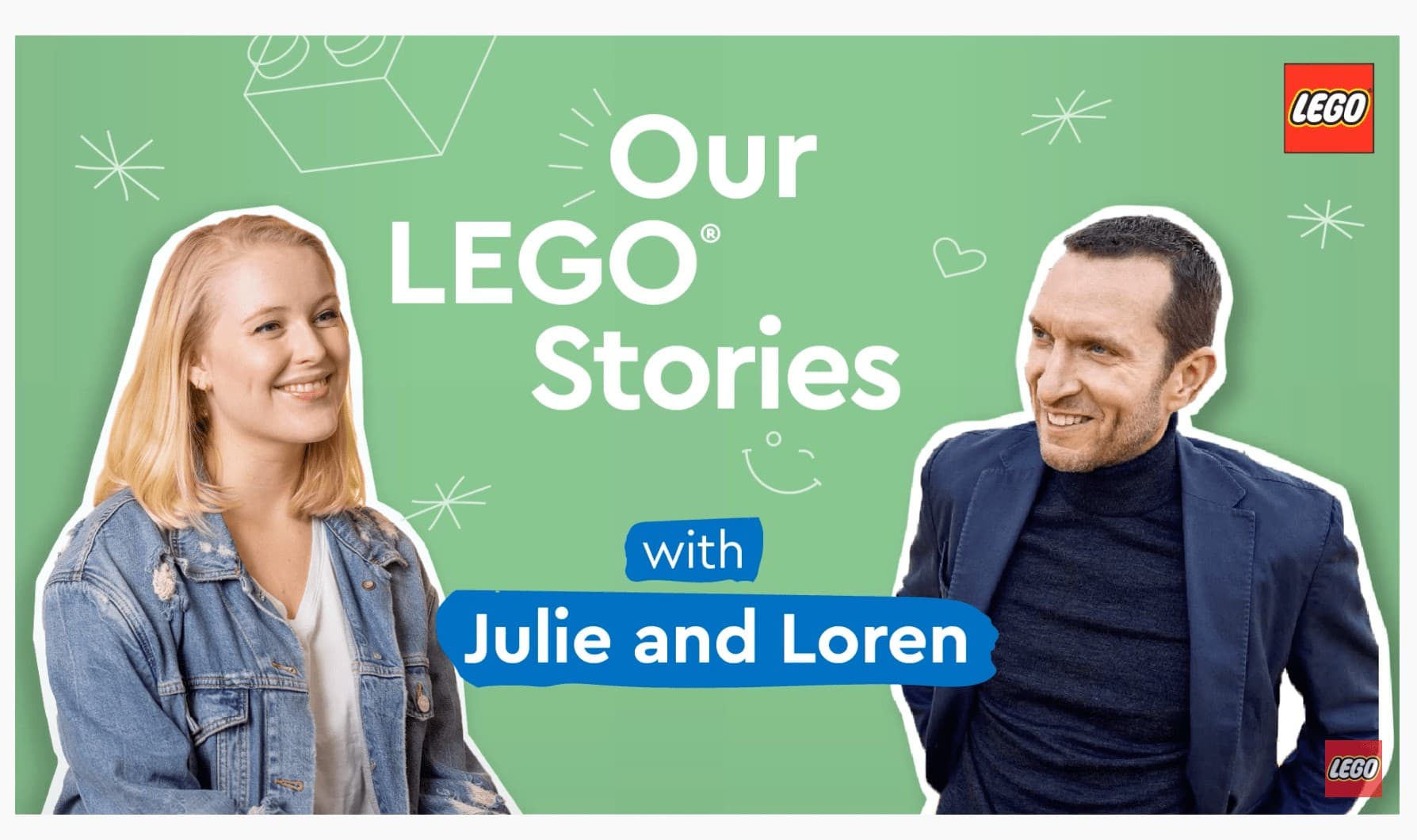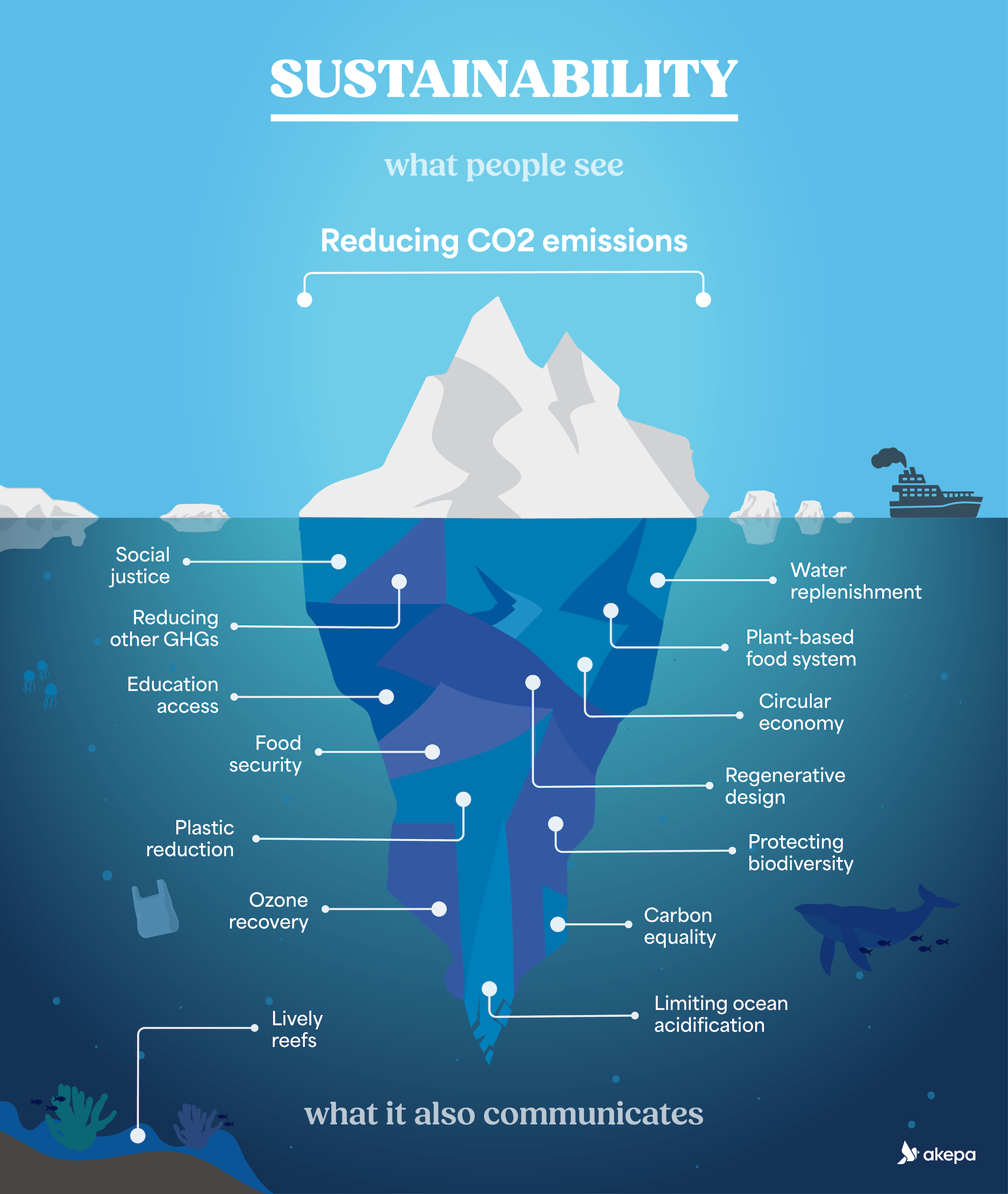If you’ve been trying to grow your sustainable brand then you’ve probably noticed everyone waffling on about ‘content marketing’. You may have wondered if it’s some kind of marketing mumbo jumbo or if it’s the right thing for you to start doing.
At Akepa, we can’t gaze into a crystal ball and make a precise prediction about your exact business – which would be an odd thing to do anyway. But we can say that if you’re focusing on sustainability then there’s a good chance that content marketing is a technique that could work well for you.
Let’s take a look at the area in more detail:
What is content marketing?
Here’s a first attempt at a definition for ‘content marketing’:
Content marketing is about planning, creating and distributing ‘content’ that’s targeted at an audience. The aim is to eventually gain customers through this content.
But that’s a general definition that poses new questions, like: what is this so-called ‘content’? Doesn’t non-content marketing (whatever that is) need content too – so what’s so special about this stuff?
That’s a fair thing to ask. The content of ‘content marketing’ is distinct because it aims to be useful to the audience and help solve their problems. When compared to something like a traditional advert, it’s subtle and not shouting at folk about how phenomenal the product is.
This content could be:
- Useful blog posts (like this post on white rum vs. dark rum from the sustainable spirit company).
- Data visualisations and infographics (here’s an example for one of our sustainable fashion clients)
- ‘How to’ videos and tutorials
- A detailed eBook or an interactive app
- A hub of user-generated content adding ‘social proof’.
- A podcast – like Lego’s Stories podcast – discussing their positive impact.

All considered, you could say ‘content marketing’ is more of a human-centred approach.
Why content marketing makes sense for sustainable brands:
Content marketing can work for a lot of different kinds of businesses but it suits some more than others.
There’s no doubt though that when it comes to sustainable brands content marketing is a fine, fine fit. This is because sustainability is such a growing concern that people are looking for useful information about how to act, live and buy in a more sustainable way. It’s such a pervasive attitude that it surrounds pretty much any sector you can shake a stick at: fashion, food, cooking, transport, hospitality, beer, and, yes, even sex.
This isn’t a trend or a passing fad, it’s a paradigm shift.
In response, sustainable brands are uniquely positioned to offer their interesting and pioneering perspective on the issues at hand. It’s a combination that suits content marketing perfectly.
In short, sustainable brands have great stories to tell that people want to hear.
Five quick content marketing tips for sustainable brands:
So it all sounds brilliant; let’s do some of that content marketing! Well, the sad news is that content marketing can often flop.
The reasons for this could fill a few useful blog posts, or one of those endless Ultimate Guides. But it’s basically because content marketing needs to be done strategically and with technical skill to become a success rather than a failed experiment.
Sustainable brands and start-ups often don’t often have the same digital expertise as established companies, so can struggle to get this right.
Here are a five tips to help make sure your content marketing doesn’t flop.
Measurement: if you don’t know what your content marketing is doing then how could you know if it’s any good? I suppose you’d have to guess or lie, which wouldn’t help your strategy much. Better, then, to make sure tracking’s in place to figure out how many purchases, contacts, etc. that you’re getting from content. Setting up goals in Google Analytics is a sensible first step.
Attribution: we mentioned earlier that people who’ve looked at your content may come back to convert later on. When this happens, it’s not straightforward to track the roundabout paths that people take before converting. So, to get a clearer picture, try and use deeper attribution tools and reports – like the Attribution reports in Google Analytics. Otherwise, you might think your content’s underperforming when it’s doing a lot more than you realise.
SEO: keyword optimisation is the special sauce that adds to your content to get it found by folk in search engines. As such, think of Google as another distribution channel and – staggering forward with the sauce analogy – spice-up your content with some balanced SEO so it gets seen by your audience but doesn’t detract from the experience.
Timing: it can be difficult to standout with content in crowded spaces and in search engines it can be almost impossible to get top rankings if you’re too late to the game. Get in early (earlier than you’d think) and you’ll get a better result.
Gen AI: what used to work with content marketing has been upended by Gen AI. This is a big, unfolding topic that deserves its own blog post but for now here are a couple of tips on AI articles. Firstly, avoid creating articles from scratch with AI as they tend to lack depth. If you are using a bit of AI assistance then here’s another Akepa post on how to edit and improve AI content. Secondly, avoid creating descriptive ‘top of funnel’ content as that’s now where Google’s AI overviews have absorbed a lot of traffic. Instead, create more original content thats focused around hot takes, personal stories, timely interjections, and thought leadership. You can still standout in SEO but you need to approach the goal from another angle. You should also bear in mind the emissions when using these new tools.
Video & Graphics: there are so many wordsmiths around that it’s hard to stand out with copy alone – especially on social media. And now, Gen AI, has lowered the barriers to writing even more. In our experience, it’s vastly more incisive to add data visualizations, infographics, slideshows and video to content. Even more so in sustainability, which is suited to creative content. That way you’ll cut through more easily – and to revisit the previous point, Gen AI can help.

That’s the end of the post which is also, admittedly, part of our own content marketing. We hope the information was useful and you’ll come back sometime.
And if not, thanks for taking the time to read. We hope we’ve given you something to think about.



Leave a Reply